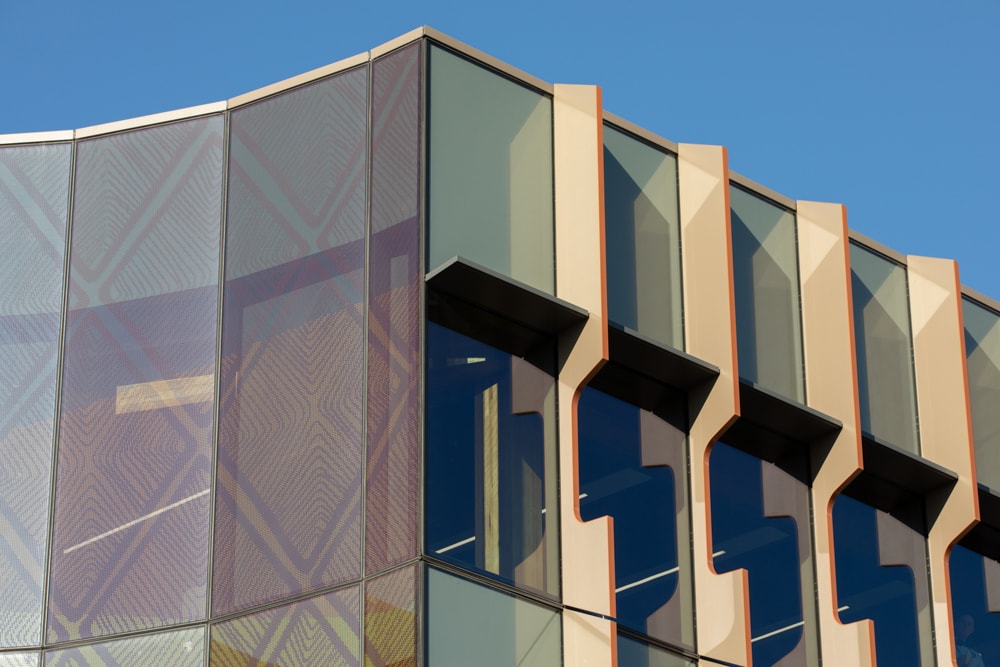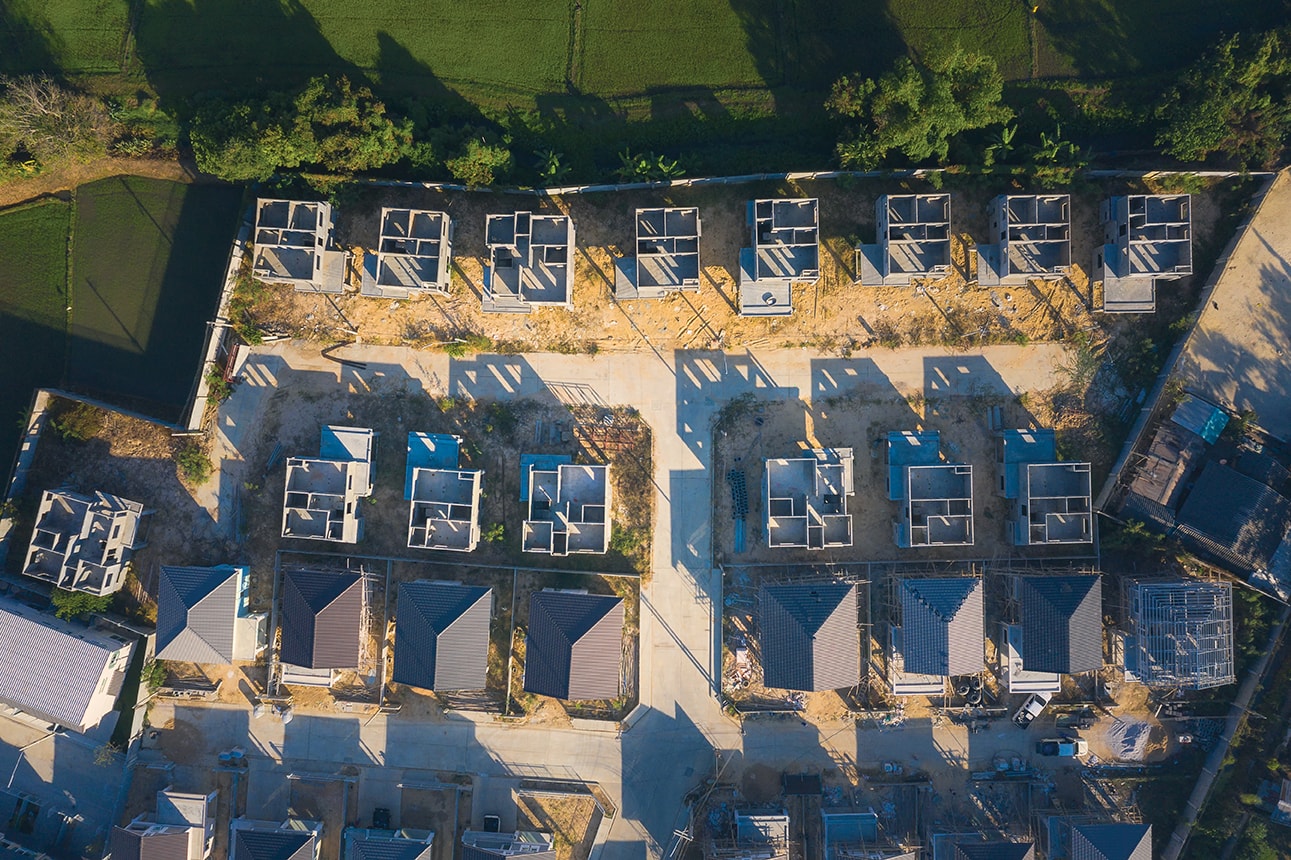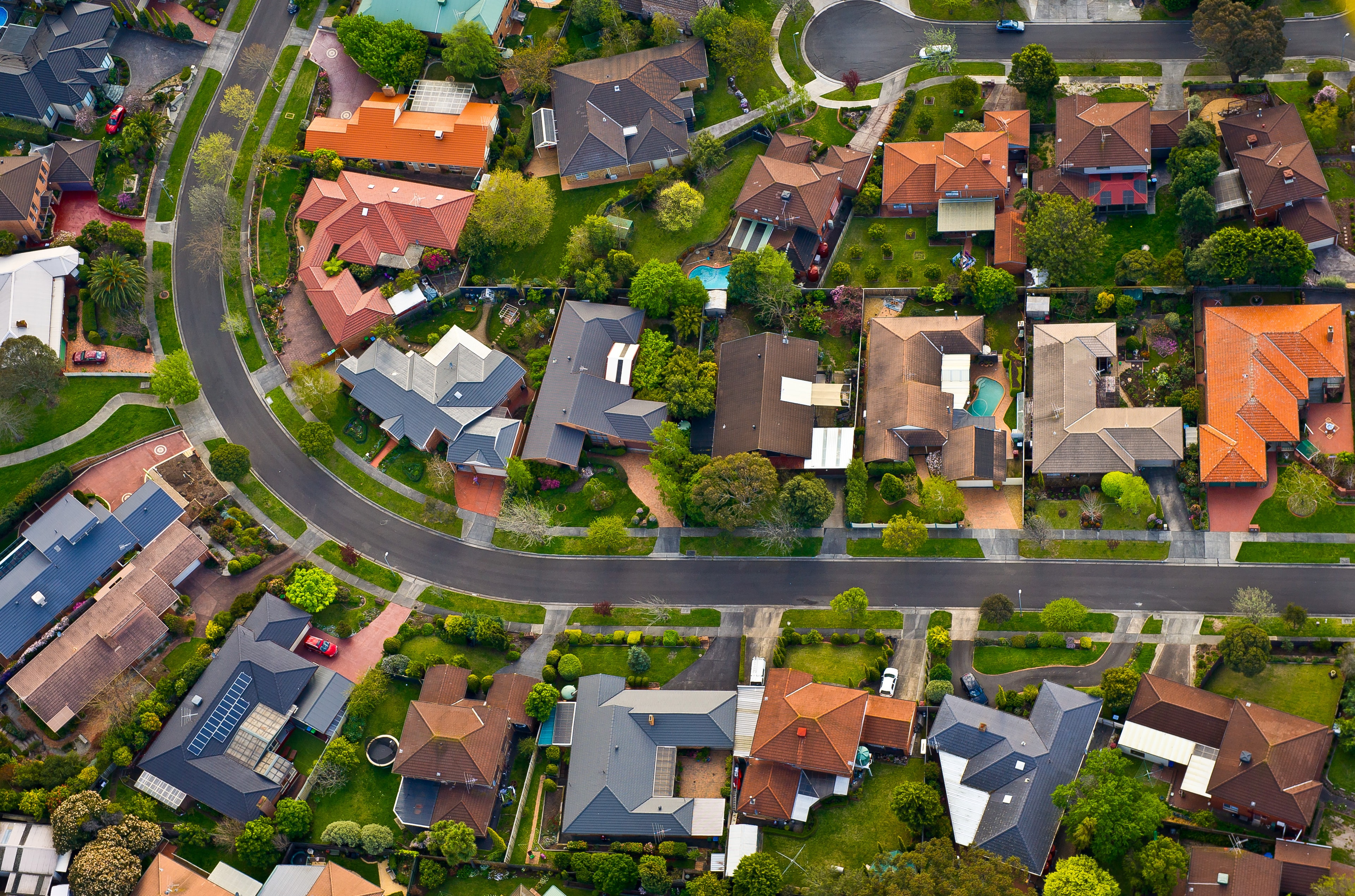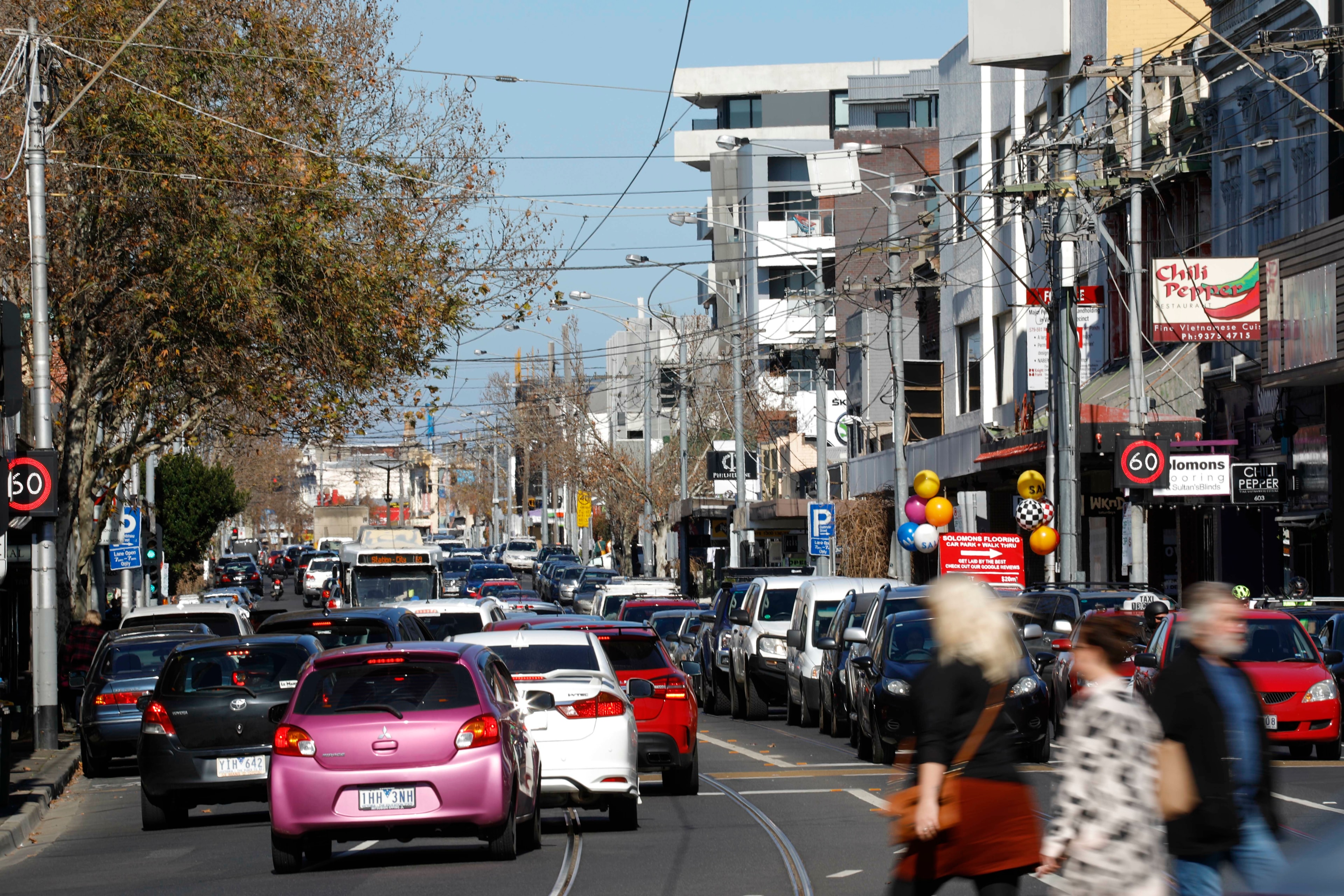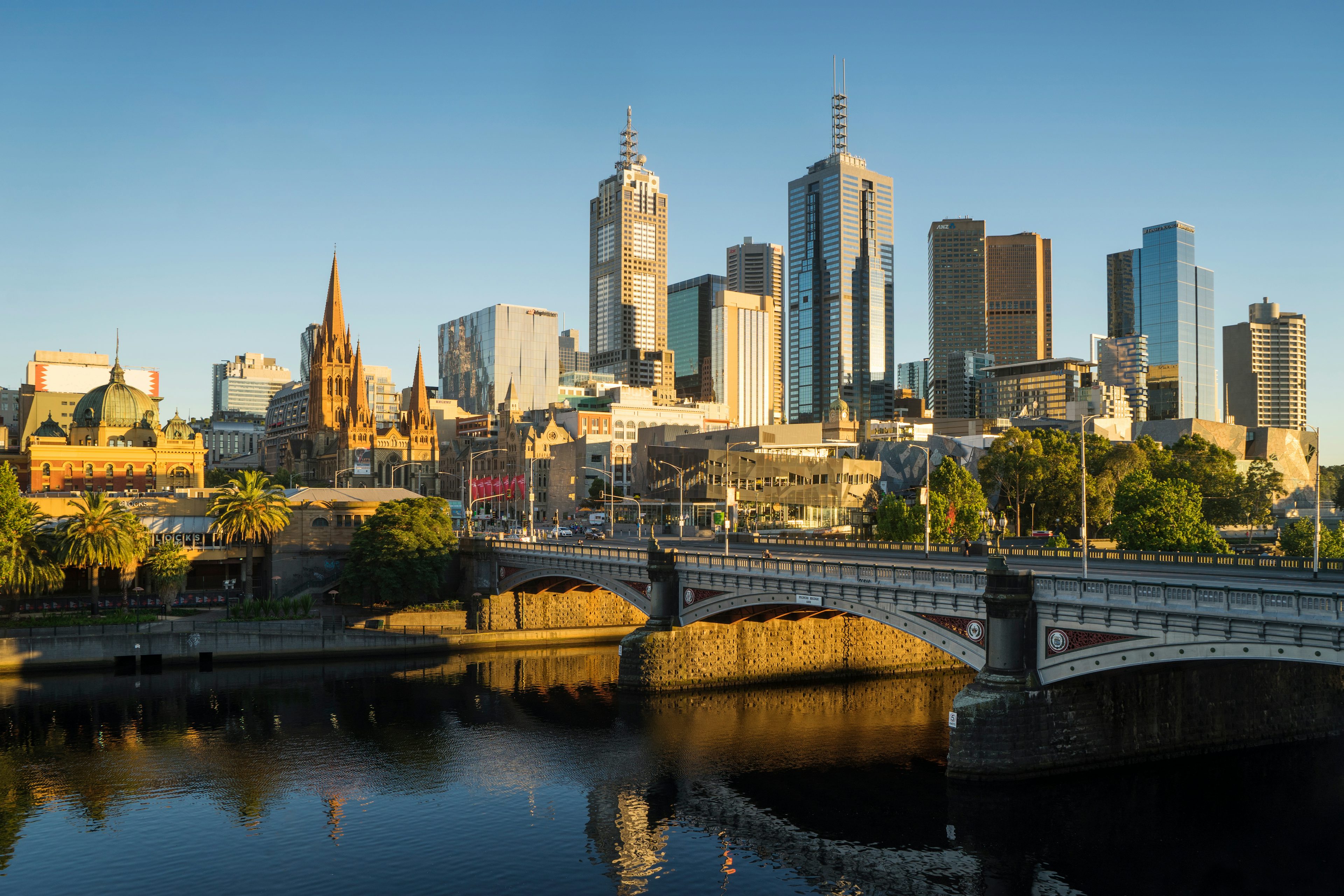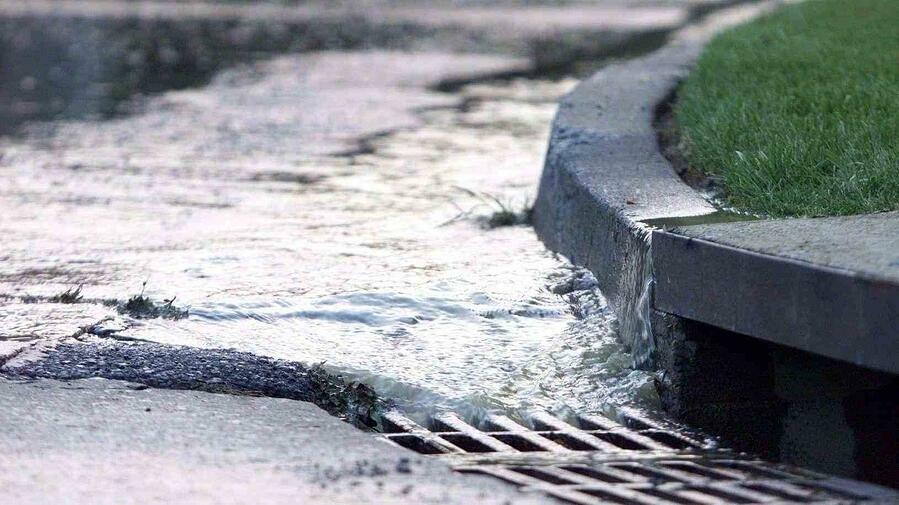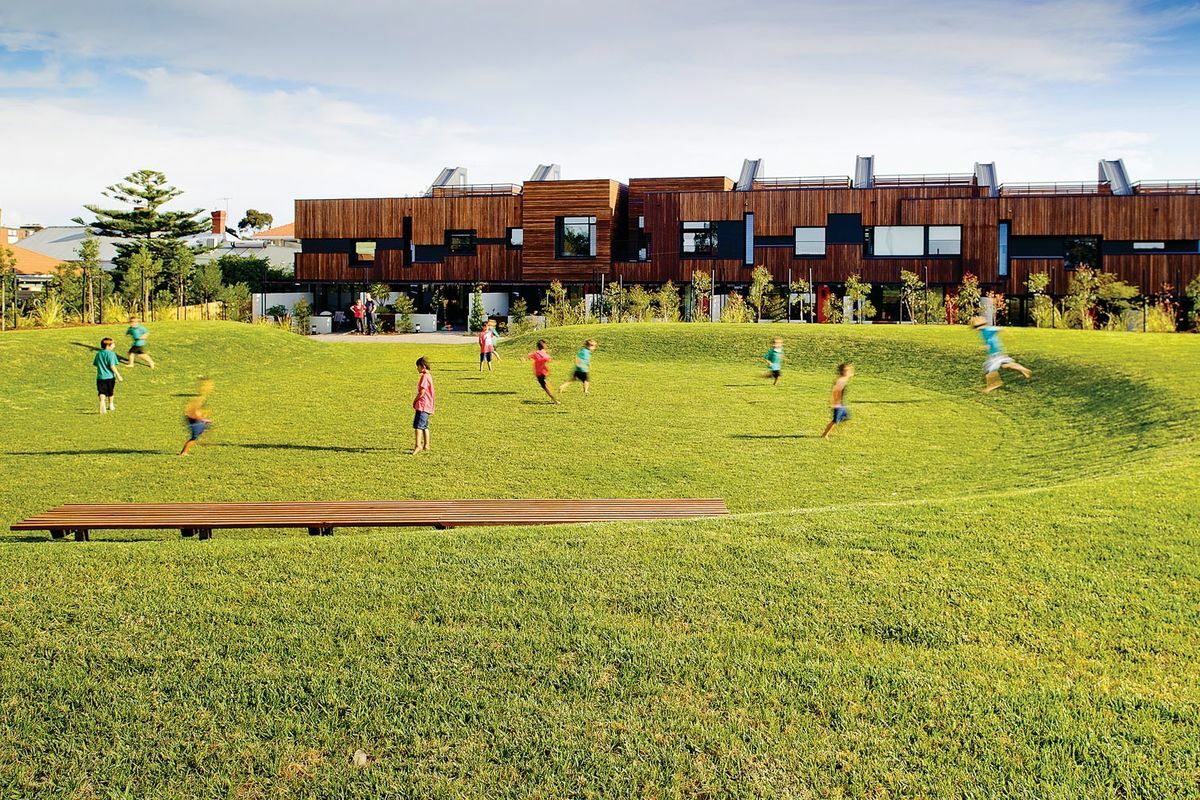Housing
As our population grows, we need to be smarter about how we plan for where people live. Infrastructure Victoria’s work highlights the need for more homes in well-located areas with access to the services and infrastructure communities need. This includes offering a variety of housing options.
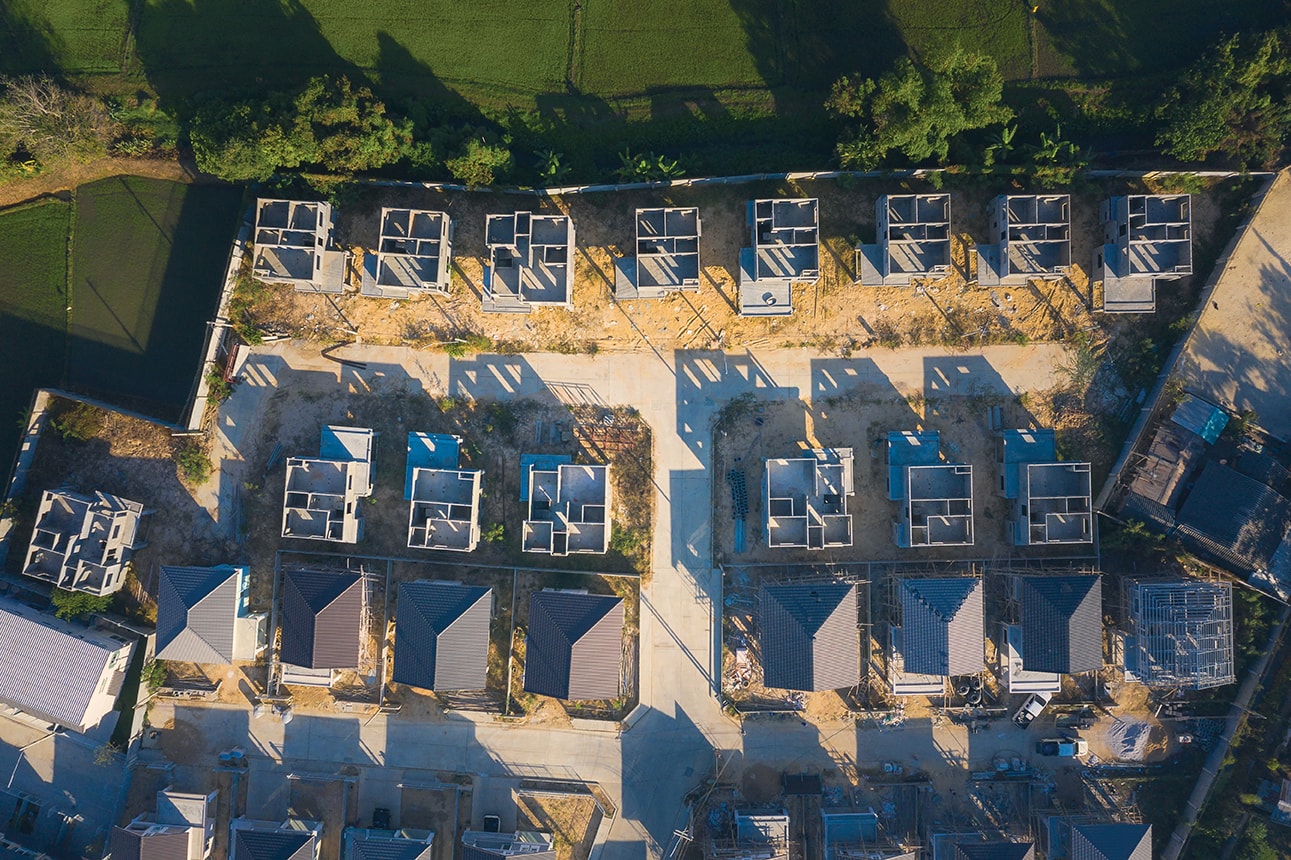
Challenges
Better infrastructure and land use planning
Victorians tell us they want to live near work, transport, services and family and friends. But there aren’t enough suitable or affordable houses in established suburbs, so people are moving away from city centres to new growth areas. We need better planning to get the most from existing infrastructure and remove obstacles to building more homes in established suburbs.
Creating sustainable and inclusive communities
We need more home choices for more people in Melbourne and our regional cities. Our research shows people want density 'done well'. That means good access to public transport, quality urban design and green open space. Housing and our suburbs also need to cater to more diverse populations – people who are at different life stages, have high or low incomes, and bring diverse skills, abilities and community needs.
Make housing more energy efficient
Buildings produce about one-third of Victoria’s greenhouse gas emissions. To reach the target of zero greenhouse gas emissions by 2050, we must make homes more energy efficient. Heating and cooling also makes up over 40% of home energy costs. As the climate warms, energy efficient homes will be cheaper to cool and can help prevent heat-related health issues.
Key recommendations
Identify new priority locations in established suburbs for residential intensification to better use existing infrastructure. Following this, in partnership with local government, review planning settings to allow increased housing density and establish design review advisory panels. Read more in our strategy.
We published 10 new policy options in 2023 on how to shift demand for housing in new suburbs to established areas closer to schools, hospitals and other existing infrastructure.
Rapidly renew dilapidated public housing properties to improve functionality, accessibility and energy efficiency with a priority to renew at least half of all older low-rise apartments and older 3 bedroom detached dwellings by 2031.
Last updated Dec 07, 2021
In the next year, set a transparent statewide social housing growth target to reach and maintain at least the national average of 4.5 social housing dwellings for every 100 households by 2031.
Last updated Dec 07, 2021
Continue to deliver a long-term program of modifying social housing to be climate resilient by improving the energy efficiency and energy affordability of residences.
Last updated Dec 07, 2021
Require all new homes to achieve a minimum 7.0-star NatHERS rating (or equivalent) by 2022, increasing towards 8.0 stars (or equivalent) by 2025, either through the National Construction Code or Victorian regulations.
Last updated Dec 07, 2021
In the next 5 years, develop an energy efficiency disclosure scheme for home sales, to overcome information barriers and encourage energy efficiency improvements to existing homes.
Last updated Dec 07, 2021
In the next 3 years, increase minimum energy efficiency standards to reduce energy use and costs in rented homes. During the next 15 years, keep updating these standards to reflect new cost-effective measures, and improve renters’ ability to make home energy efficiency improvements.
Last updated Dec 07, 2021
